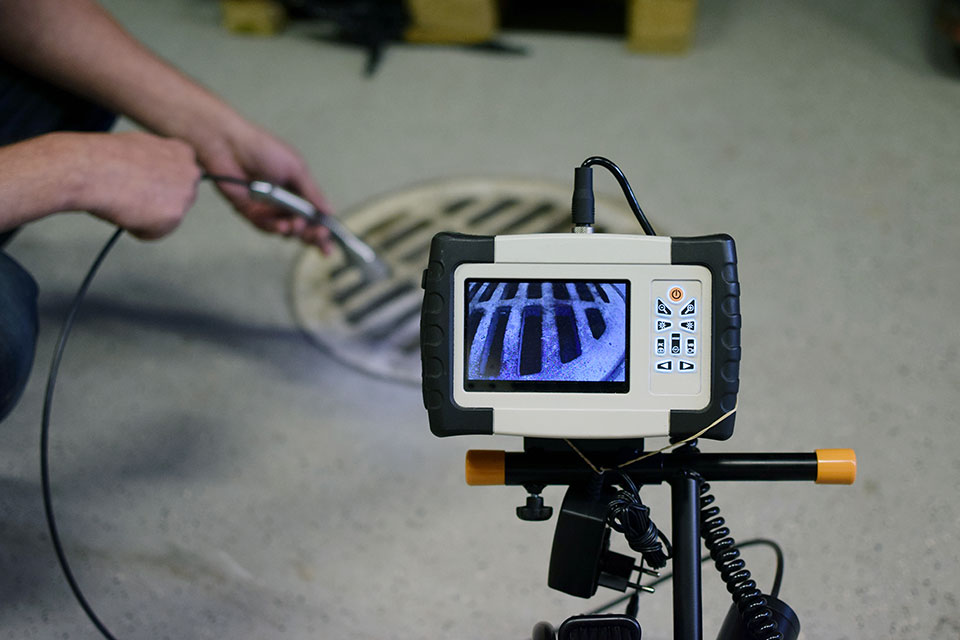A Comprehensive Guide To Sewer Camera Inspection Techniques

Sewer camera inspection techniques have revolutionized the way we diagnose and maintain underground pipelines. By utilizing advanced camera technology, sewer professionals can now visually inspect sewer lines, identify blockages, cracks, or leaks, and accurately assess their condition. This comprehensive guide aims to delve into the various sewer camera inspection techniques, exploring their benefits, best practices, and how they enhance the efficiency of sewer maintenance operations.
Understanding Sewer Camera Inspection
Sewer camera inspection involves the use of specially designed cameras that are inserted into sewer pipes to capture real-time footage of the interior. These cameras are equipped with high-resolution lenses and powerful LED lights to illuminate the pipe walls, ensuring clear visibility even in dark and narrow spaces.
Types Of Sewer Camera Inspection Systems
A. Push Cameras: These systems consist of a camera attached to a flexible rod that is manually pushed into the sewer line. Push cameras are ideal for inspecting shorter and smaller pipes, such as residential sewer lines.
B. Crawler Cameras: Crawler cameras are motorized systems equipped with wheels or tracks that allow them to traverse through larger pipes, such as municipal sewer lines. They offer better maneuverability and can cover longer distances.
C. Pan-Tilt-Zoom (PTZ) Cameras: PTZ cameras provide operators with the ability to remotely control the camera’s movement, rotation, and zoom function. This allows for a more comprehensive inspection of the entire pipe network.
Preparation For Sewer Camera Inspection
Before conducting a sewer camera inspection, it is essential to undertake certain preparatory steps:
A. Access Point Identification: Determine the most suitable access points to insert the camera into the sewer line. This may involve locating cleanouts or removing toilet bowls or drain covers.
B. Pre-Cleaning: Thoroughly clean the sewer line using hydro-jetting or other appropriate methods to remove debris, sediment, and obstructions. This ensures clearer and more accurate inspection footage.
Conducting Sewer Camera Inspections
A. Camera Insertion: Insert the camera into the sewer line through the identified access point. The camera’s cable is fed gradually, allowing it to navigate through bends and obstacles.
B. Real-Time Inspection: Monitor the camera’s live feed on a screen or tablet, closely examining the pipe walls for any signs of damage, blockages, or leaks. Take note of important details such as pipe material, diameter, and any observed issues.
C. Documentation: Document the inspection findings by capturing still images or recording video footage. These visual records serve as valuable evidence and aid in generating accurate reports for further analysis.
Best Practices For Sewer Camera Inspections
To ensure successful and efficient sewer camera inspection in Lincolnshire, IL adhere to the following best practices:
A. Proper Lighting: Ensure the camera’s LED lights are correctly adjusted to provide optimal illumination throughout the inspection. This is crucial for capturing clear visuals and identifying any defects accurately.
B. Slow And Steady Progression: Move the camera slowly and steadily through the sewer line to capture detailed footage. Rushing the process may result in blurry images or missed defects.
C. Annotation And Reporting: Annotate the inspection footage to mark specific areas of concern, such as cracks, root intrusion, or pipe misalignment. Use the annotations as a reference for generating comprehensive reports that include detailed information about the condition of the sewer line.






